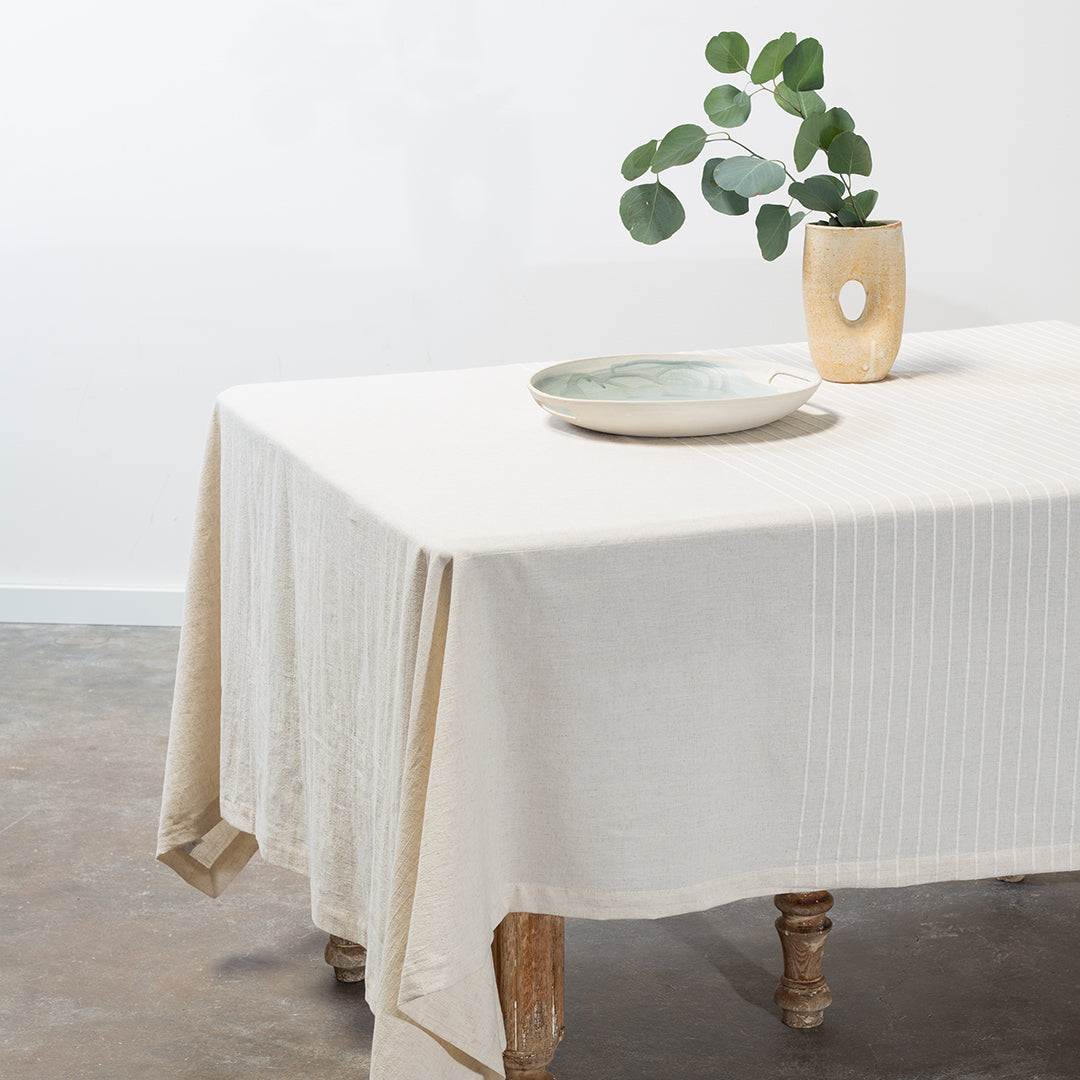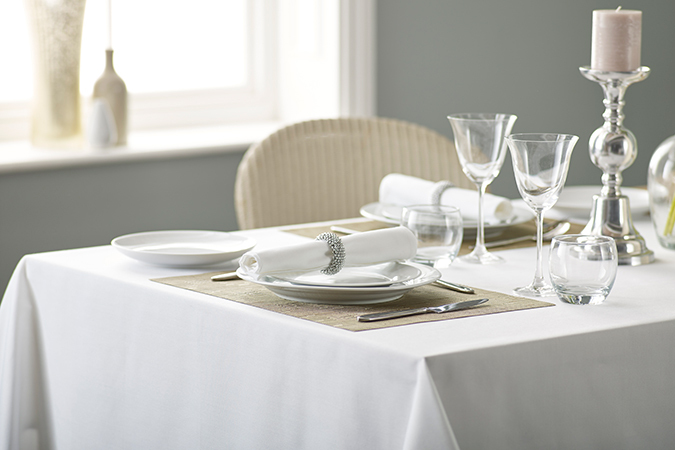Top Quality Flat Sheet Option: Convenience and Longevity for each Bed
Top Quality Flat Sheet Option: Convenience and Longevity for each Bed
Blog Article
Bed Linen Textile Innovations: Checking Out Modern Trends and Creative Applications in Design and Fabric Sector
From sustainable production techniques to cutting-edge weaving innovations, the development of linen is improving the landscape of the fabric sector. As we dive right into the worlds of creative layout applications and the appearance of linen blends and hybrid materials, a new chapter unravels in which linen's duty in future textile advancements takes center stage.
Sustainable Practices in Linen Manufacturing
Lasting practices in bed linen manufacturing have become increasingly essential in the fabric market's efforts to minimize ecological influence and promote honest sourcing techniques. Linen, a natural fiber stemmed from the flax plant, supplies an array of advantages such as breathability, biodegradability, and toughness. Nonetheless, conventional approaches of bed linen production can include significant water usage, pesticide use, and energy-intensive processes.
To address these challenges, several textile manufacturers are adopting sustainable methods throughout the bed linen production process. This includes sourcing flax from natural farms that avoid dangerous pesticides and chemicals, applying water-efficient retting strategies to essence fibers from the flax stalks, and utilizing eco-friendly dyes and surfaces. Additionally, some firms are buying renewable power sources to power their production facilities and lowering waste with recycling and upcycling initiatives.
Technological Improvements in Bed Linen Weaving
With the growing emphasis on lasting practices in linen manufacturing, the textile sector is currently witnessing a rise in technical improvements especially targeted at reinventing the art of bed linen weaving. These advancements are reshaping the way bed linen fabrics are produced, providing enhanced performance, top quality, and imagination in weaving methods.
One of the key technical improvements in linen weaving is the combination of electronic looms. These advanced looms are geared up with software program that enables intricate and complicated styles to be woven with precision. By digitizing the weaving procedure, suppliers can attain better consistency and precision in their linen textiles.
Furthermore, advancements in yarn spinning modern technology have allowed the production of finer and more resilient bed linen yarns - table cloths. This leads to softer and smoother linen textiles that keep their high quality also after numerous uses and laundries
In addition, the development of eco-friendly dyeing processes and finishes for bed linen fabrics is getting traction. These lasting methods not only reduce the environmental influence yet likewise cater to the increasing customer demand for fairly generated textiles.
Creative Design Applications for Bed Linen
Innovative creative strategies are progressively shaping the innovative layout applications for bed linen in the textile sector. Linen's natural visual charm and ability to blend with other materials make it a favorite choice for creating distinct garments and devices that provide to the ecologically aware consumer.
In addition, designers are trying out bed linen in home decor, using its durable and breathable nature to craft elegant furnishings such as curtains, bedding, and upholstery. The appearance and drape of bed linen bring a sense of refinement and convenience to indoor spaces, including a touch of sophistication to modern-day homes.

Linen Blends and Crossbreed Fabrics

Crossbreed fabrics, on the other hand, take the idea of blending an action further by incorporating extra components such as metal strings, see recycled materials, or conductive fibers. These ingenious textiles not only increase the layout possibilities yet also introduce useful aspects like conductivity, antimicrobial buildings, or improved longevity. Hybrid materials are progressively being made use of in different markets, consisting of fashion, interior decoration, and technical textiles, where the demand for multifunctional products gets on the surge.
Linen's Role in Future Fabric Innovations

In the world of visit our website future fabric innovations, linen is anticipated to be a vital player in the growth of innovative functional materials. Designers and scientists are exploring means to enhance bed linen's inherent high qualities through technical developments, such as including clever fabrics, nanotechnology, and efficiency finishes. These technologies aim to boost bed linen's performance characteristics, making it appropriate for a more comprehensive series of applications, from activewear to protective apparel.
Moreover, the combination of linen with various other natural or artificial fibers opens endless possibilities for creating unique fabrics with distinct homes and capabilities. By leveraging bed linen's characteristics and exploring cutting-edge blends, the fabric market is poised to present interesting developments that accommodate evolving consumer needs and sustainability demands.
Final Thought
In final thought, the exploration of sustainable techniques, technological developments, imaginative layout applications, bed linen blends, and its function in future textile technologies highlight the continuous advancement of bed linen material in the modern-day layout and textile sector. With a concentrate on advancement and imagination, the flexibility and eco-friendly nature of linen make it a useful product for designers and suppliers alike, leading the method for more advancements and improvements in the field of textiles.
As we dig into the worlds of innovative style applications and the appearance of bed linen blends and crossbreed fabrics, a new phase unfolds in which linen's function in future fabric advancements takes facility stage.
Checking out the combination of linen with other textiles has actually led to the introduction of cutting-edge blends and crossbreed textiles in important link the modern fabric industry. Linen blends offer a distinct mix of the attributes of linen with those of various other fibers, resulting in textiles that have boosted buildings such as raised durability, improved draping, and decreased wrinkling.The development of linen blends and crossbreed materials has actually set the stage for Linen to play a pivotal function in driving future fabric technologies.In the realm of future textile technologies, linen is expected to be an essential player in the growth of advanced functional textiles.
Report this page